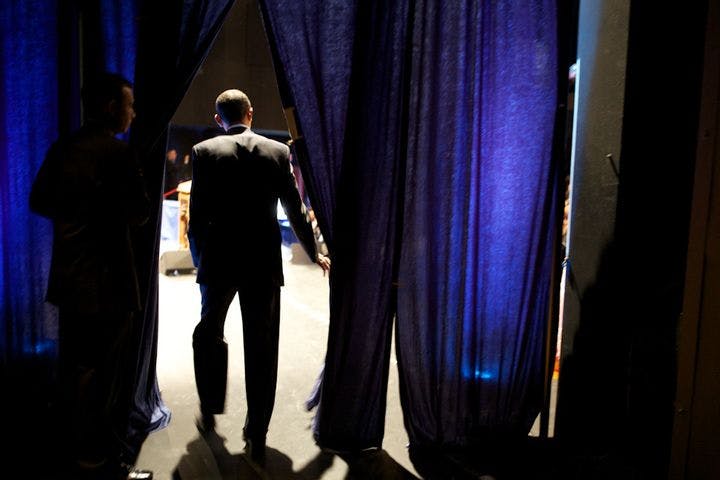Fall 2010
Maximizing the Multiplier
– The Wilson Quarterly
Economists should “constantly test [their] assumptions and policies against real-world results."
When Team Obama arrived at the White House in January 2009, the first order of business was tending to a very sick patient: the U.S. economy. The administration’s doctors (a.k.a. economic advisers) made a diagnosis (flagging aggregate demand) and prescribed a course of action (government spending).
Their plan was based on the Keynesian paradigm that for every dollar the government spends, the recipient of that dollar will turn around and spend some portion of it too (saving the rest), as will the next person, and the next person, and so on. This is called the multiplier effect. The Obama team estimated that government spending would have a bigger multiplier (1.57) than tax cuts (0.99), the other possible strategy for ramping up aggregate demand. When federal stimulus spending failed to bring the economy back to life, the administration economists concluded not that their basic prescription was flawed but that the patient had been much, much sicker than they had realized. The stimulus hadn’t been big enough.
Perhaps, says Harvard economist N. Gregory Mankiw, but “to react to a model’s failure to predict events accurately by insisting that the model was nonetheless right—as Obama’s economic advisers have done—is hardly the most obvious course.”
Economists should “constantly test [their] assumptions and policies against real-world results,” says Mankiw, who chaired President George W. Bush’s Council of Economic Advisers (CEA) from 2003 to 2005. And though predicting the effects of economic policy is quite difficult—there are an outlandish number of variables, all influencing one another—a recent spate of research has shown that the multiplier effect of tax cuts may be more sizable than previously thought. (Ironically, Mankiw notes, Christina Romer, former chair of the CEA under President Barack Obama, once coauthored a study that found that the tax cut multiplier was three times larger than what the Obama administration estimated it to be.) Of course, as with any economic policy, the details matter greatly, and a poorly designed tax cut could be just as ineffective as poorly spent government funds.
Even if economists could perfectly predict the future, their prescriptions would still be subject to the vagaries of the political process. Politicians, after all, must answer to voters, not data. Still, Mankiw advises, “The foremost job of economists is not to make the lives of politicians easier, but to think through problems . . . and to propose the solutions most likely to work.”
THE SOURCE: “Crisis Economics” by N. Gregory Mankiw, in National Affairs, Summer 2010.
Photo courtesy of the Obama-Biden Transition Project
